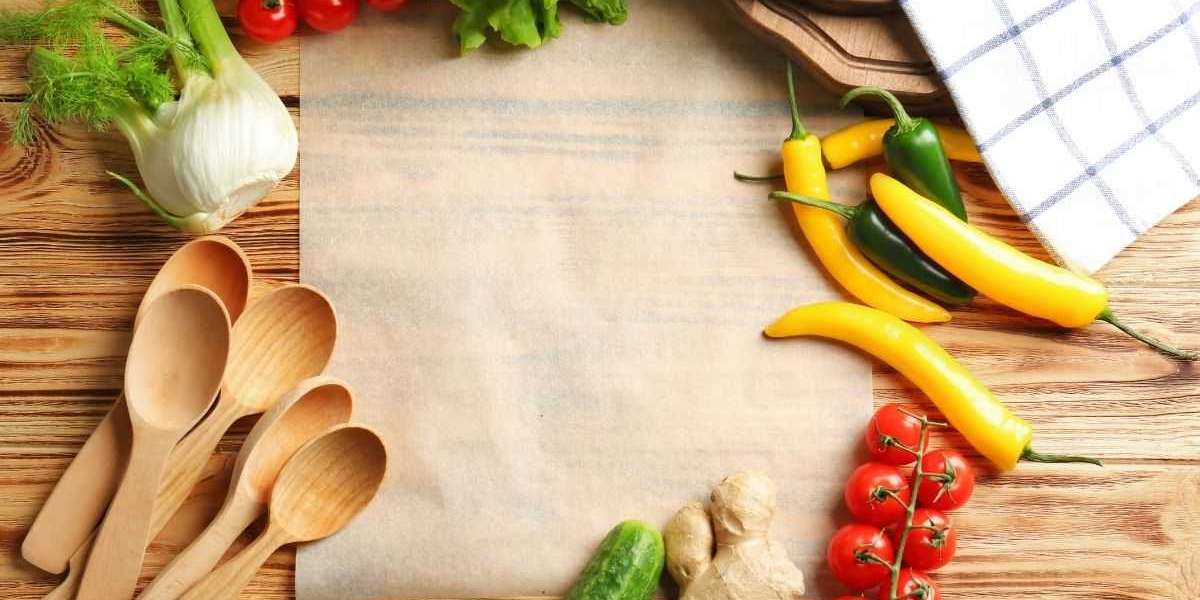Vegetable Parchment Paper: The Environmental Benefits of Vegetable Paper Packaging
What is Vegetable Paper?
Vegetable parchment is a non-permeable paper made from vegetable fibers such as sugar cane or kraft paper that is treated with sulfuric acid. It is often confused with greaseproof paper, which is also non-stick, but vegetable parchment stands up to heat better without burning or scorching.
Uses in Baking
One of the most common uses of vegetable parchment paper is as a baking liner. It creates a moisture and non-stick barrier between baked goods and baking sheets or pans. Cakes, cookies, biscuits and other baked goods slide right off the paper once cooled without any mess or damage to the product. The paper can withstand the heat of an oven up to 400°F without breaking down.
Additionally, vegetable parchment is great for rolling out doughs. Pie, pizza and bread doughs can be easily rolled to the desired thickness on a sheet of the non-stick paper. This prevents sticking and makes it easy to transfer the rolled dough to a baking sheet or peel. The paper acts as a barrier between the dough and work surface.
It is also commonly used for piping or decorating baked goods. Royal icing, buttercream or ganache can be piped or spread onto a sheet of vegetable parchment and then transferred to cakes, cupcakes or cookies. This keeps workspaces cleaner and allows for neat, mess-free piping or decoration. The designs stay intact as they are moved.
Long-Term Food Storage
Thanks to its non-porous nature, vegetable parchment is excellent for wrapping and storing foods long-term. Cheeses, meats, breads and baked goods can be neatly wrapped in sheets of the paper and stored in the pantry or refrigerator. It inhibits air and moisture while being breathable enough not to cause condensation build up. Foods stay fresher for longer when wrapped in parchment versus other materials.
Crumpling and Shaping
An unusual but useful attribute of vegetable parchment is its ability to be crumbled or shaped. Baked items like tuiles, palmiers and cigars can be molded into decorative curled or cone shapes while still warm directly on the parchment paper used to bake them. Pages can also be crumpled to add texture to cakes by simply pressing crinkled parchment onto icing before it sets.
Barrier Against Stickiness
For recipes calling for syrups, honey, chocolate or other sticky sweeteners, vegetable parchment paper provides a non-stick workspace to use when handling or tempering the items. It can be layered with wax or parchment to easily fold or package sticky candies and caramels without any mess. The paper acts as a moisture barrier while being pliable and food safe.
Safe Substitute for Plastic
Additionally, vegetable parchment makes a sustainable substitute for plastic wrap or plastic baking liners in the kitchen and pantry. It is compostable if uncoated. Unlike greaseproof papers treated with synthetic polymers, vegetable parchment uses natural sulfate process making it a greener alternative to plastics. No toxic chemicals are used in its production.
Pros and Cons of Vegetable Paper
Like any food packaging material, vegetable parchment paper has some pros and some cons:
Pros:
- Non-stick for baking and food preparation.
- Withstands heat up to 400°F.
- Moisture and vapor barrier for food storage.
- Compostable if uncoated.
- Grease/fat resistant.
- Affordable and reusable.
- Natural plant-based material.
Cons:
- Can break down if exposed to liquid for long periods.
- Not as durable as some plastics for reuse.
- Requires small replacement amount periodically.
Uses in Other Cooking Methods
While most well-known for its baking applications, vegetable parchment has utilities in other cooking techniques as well. It can be used to wrap foods for steaming, making individual parcels tocook en papillote style. The paper seals in moisture and flavors. Foods like fish, vegetables and grains are often cooked and served this way.
Parchment paper is also ideal for grilling. Thin slices of vegetables, fruits or meats can have vegetable parchment placed underneath to prevent sticking to grill grates.This allows for easy flippingwithout destruction of delicate foods. Cleanup is simplified too.
Conclusion
Versatile vegetable paper is an invaluable addition to any home baker or cook's kitchen supplies. Its natural non-stick and heat resistant properties provide a safe, affordable and sustainable option for a multitude of baking and cooking tasks. Whether you need a liner, wrapper or barrier against moisture, vegetables provide safe and effective solutions. With the right care, a roll of parchment can be reused numerous times, saving costs in the long run.








